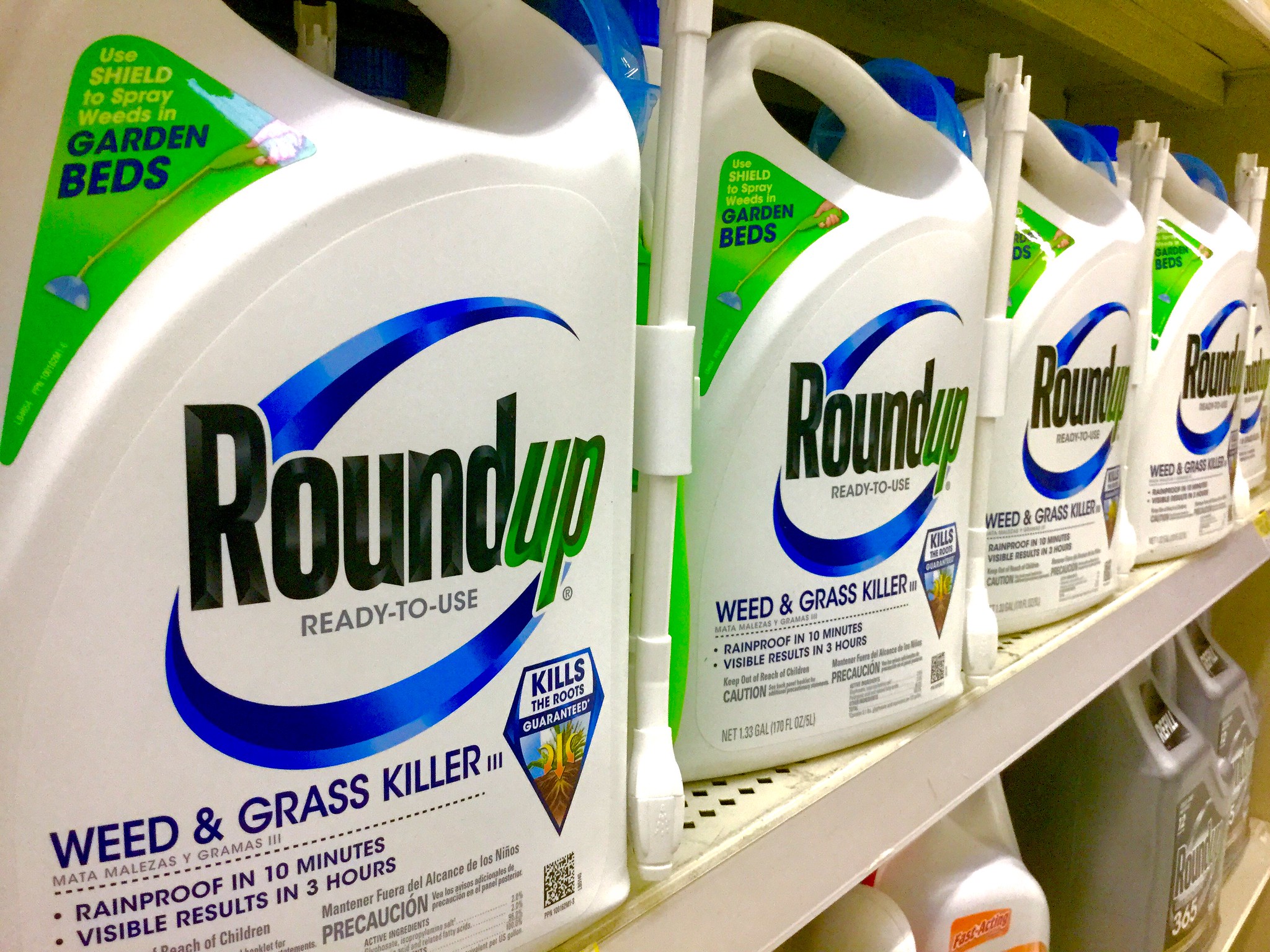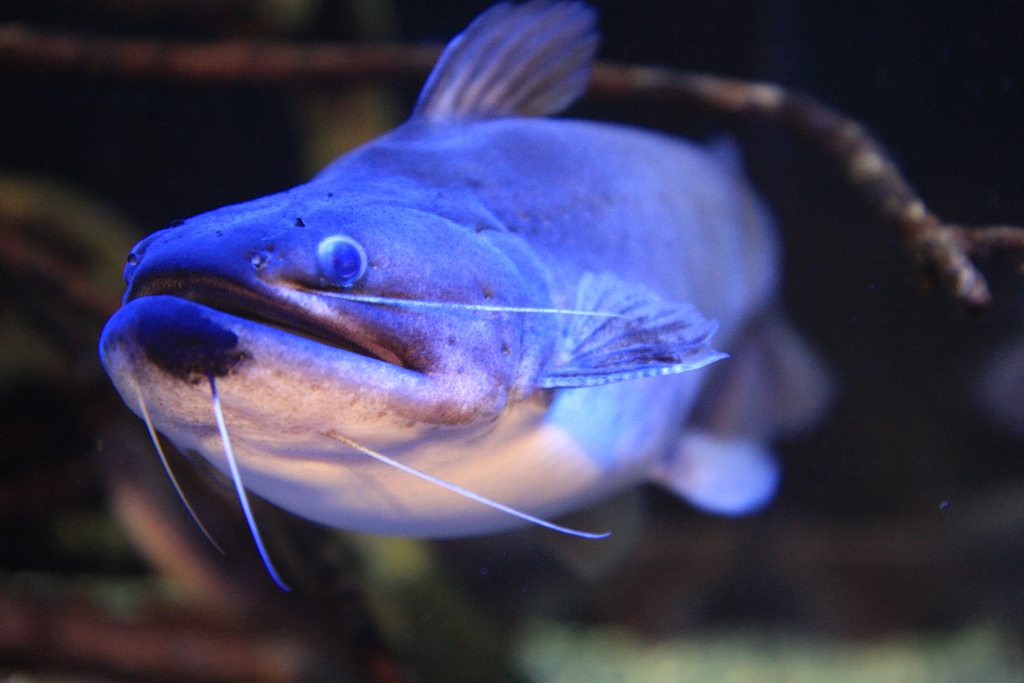On Thursday, the Environmental Protection Agency (EPA) announced that it would not ban the insecticide chlorpyrifos—the latest development in a years-long legal fracas over the chemical, which has been linked to brain damage in children and agricultural workers, per the agency’s own research.
For more than a decade, farmworker, consumer, and environmental advocates have lobbied EPA to prohibit use of the insecticide, which is sprayed on a wide range of common crops, including corn, soy, and various fruits. In 2001, EPA banned indoor uses of chlorpyrifos, and since then, has been assessing and re-assessing the health risks that it poses to humans. In 2015, under President Obama, EPA proposed a rule that would “revoke all tolerances” of the insecticide—agency-speak for a full ban. Then in 2017, Scott Pruitt, former administrator of the EPA under Trump, reversed that rule, setting off two years of court wrangling. (It has been noted, and continues to be worth noting, that a major manufacturer of chlorpyrifos, Dow Chemicals, donated $1 million to Trump’s presidential inauguration fund.)
That brings us to where we are today. EPA is now saying that the Earthjustice concerns about the insecticide “are not supported by valid, complete, and reliable evidence.” This is despite EPA’s admission in 2015 that it was “unable to conclude that the risk from aggregate exposure from the use of chlorpyrifos” met federal safety standards.
In Thursday’s announcement, EPA also reiterated that it lacked the “underlying data” behind notable studies on chlorpyrifos, and that without it, the agency could not independently verify their findings. This raw data requirement is a departure from previous rule-making processes, and could limit future regulations, The New York Times reported last year. EPA says it will continue to monitor the safety of chlorpyrifos through its pesticide registration review program. Meanwhile, some states are taking matters into their own hands by banning the insecticide locally. Last year, Hawaii became the first state to prohibit its use, and New York and California have followed suit.
An official notice of EPA’s Thursday announcement will be posted on the Federal Register at a later date.











